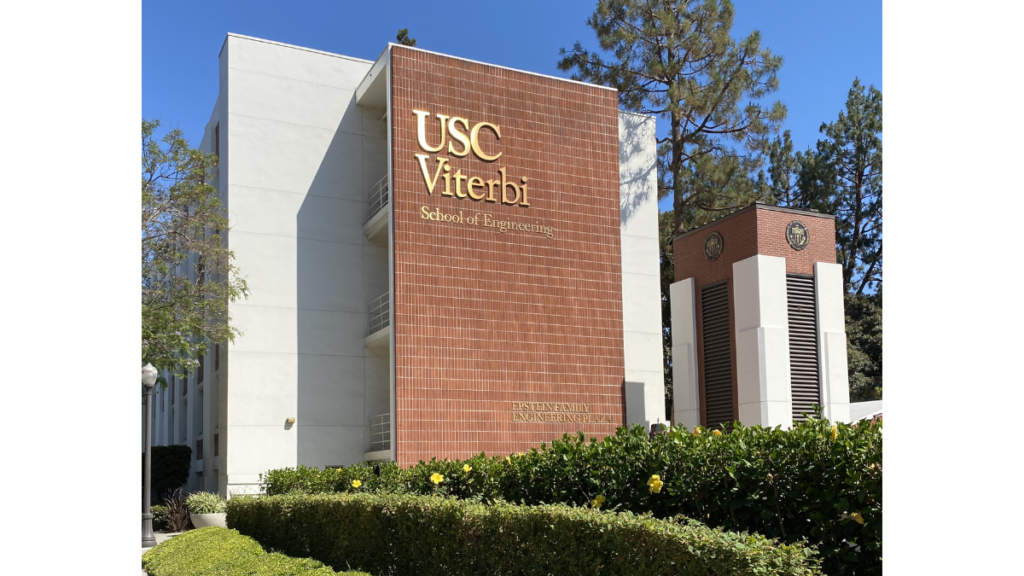Forging International Ties in AI, Quantum Tech, and Sustainability
In a major step toward strengthening international academic ties, the Birla Institute of Technology and Science, Pilani (BITS Pilani) and the Viterbi School of Engineering at the University of Southern California (USC) have signed a Memorandum of Understanding (MoU). The agreement was formalized on June 5 at USC’s Olin Hall of Engineering and sets the stage for meaningful collaboration across a range of high-impact fields.
This new partnership will focus on artificial intelligence, data science, quantum technology, and sustainable engineering—areas that are shaping the future of science and society. Together, the two institutions aim to promote cutting-edge research, enrich academic development, and foster global exchange.
Opening Doors for Students and Researchers
A standout feature of the collaboration is a new integrated degree program, which allows a select group of BITS Pilani undergraduate students to gain early admission into USC’s Master of Science programs. These students will complete their undergraduate studies at BITS and seamlessly begin their graduate education at USC—fast-tracking their journey to academic and professional excellence.
“This partnership is a crucial step in offering global pathways for our students and faculty,” said Professor Ramgopal Rao, Group Vice Chancellor of BITS Pilani. “It helps us build strong academic connections and encourages innovation on a global scale.”
USC Viterbi’s Dean Yannis C. Yortsos shared a similar vision: “We are delighted to collaborate with BITS Pilani to establish a platform that encourages research and the exchange of ideas between our institutions.”
Beyond the Classroom: A Global Learning Experience
In addition to joint research and degree programs, the agreement includes a two-week academic and cultural exchange program. USC students will visit BITS Pilani campuses in India, engaging in classroom learning while also immersing themselves in the local culture. The experience aims to deepen cross-cultural understanding and strengthen educational bonds between the institutions.

Meanwhile, faculty members from both universities will collaborate on joint research projects, co-teach academic courses, and host seminars together. These initiatives are designed to spark innovation, expand global networks, and provide students and researchers with a truly international academic experience.
Also Read: Breaking the Stigma: Addressing Misconceptions About Menstruation
Also Read: Court orders to fix CLAT PG 2025 answer key, release revised results